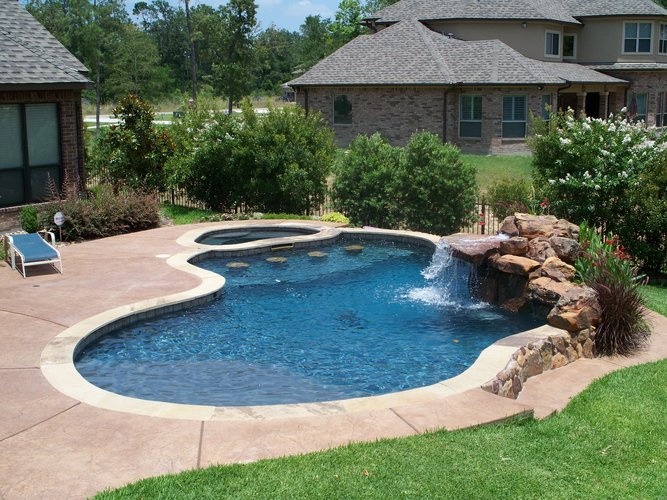Planning and installing a pool can be a great and exciting experience for homeowners. Many of us dream of having a pool for many years before we finally pull the trigger and talk to a local builder.
An in-ground pool, in particular, is a fantastic addition to your property, and can transform your property from an urban backyard to a tropical oasis. But, to be honest, there is a lot that goes into the process of installing an in-ground pool that most homeowners don’t really know until they start the process.
5 Things to Know Before Installing an In-ground Pool
If you want to get ahead of the learning curve as you plan to install an in-ground pool, there are a few things you should know. Take a look at these 5 important considerations for before installing an in-ground pool from expert pool contractors Boynton, FL
If you want to get your in-ground pool installation off to a swimming start, consider these key steps:
1. The Type of Pool
There are three primary in-ground pool types – concrete, fiberglass, and vinyl-lined. Concrete and gunite pools are among the most common because they can easily be customized to meet shape and depth requirements. Concrete pools take longer to install, but they are extremely durable.
Vinyl pools take less time to install and are generally a bit less expensive. They are made of a steel frame with a liner that fits into the hole. Vinyl pools are less durable and are more vulnerable to sharp objects like pool toys, utensils, and even pet claws.
Fiberglass pools are a pretty simple option if you want a straightforward design and easy installation. These pools are factory-molded and ready to be set in a matter of days. These pools are more efficient and easier to manage because they are nonporous and require less chemicals and cleaning.
2. Cost Comparison
If you have a budget you need to stay within, it is important to look at the big picture of your in-ground pool install. The cost of construction will vary depending on where you live, the type of terrain, the size and type of pool, and the amount of terraforming required. The more accessories and features you add, the more your overall cost will be. With that in mind, you could find that a super-tricked-out fiberglass pool is much more expensive than a basic concrete pool.
3. Zoning and Ordinances
In-ground pools are subject to zoning and building ordinances, which means you will need a permit to dig the pool. Zoning and building ordinances vary from state to state and county to county. Sometimes, even your neighborhood will have specific requirements or restrictions. You must find out what the requirements and restrictions are before you start digging your pool. Take into consideration local safety requirements, such as fencing, as well.
4. Picking the Spot
No amount of planning and designing an in-ground pool is successful if your property will not support that type of pool. It is important to meet with a pool builder before you get to far in the planning and design process. Have them provide insight on the best location for the pool, and identify potential problems, such as soil conditions, pipes, wiring, etc.
5. Beware of Budget-Busters
It’s no surprise that building an in-ground pool is an investment that requires careful planning. But what many homeowners fail to consider are the potential budget-busters that sometimes impact a pool build. Most pool builders offer a basic package of services and contract work. This often does not include things like landscaping, pathways, decking, lighting, sound systems, pool covers, chemicals, or equipment. If you have a strict budget in mind, make sure you find out upfront exactly what the pool building cost is, and what additional costs you may be looking at.
By considering these 5 key factors, you can overcome some of the common pitfalls that homeowners experience when planning an in-ground pool install. You can also go into your build with confidence that you have assessed your needs and wants and have a good idea of how your project will proceed.








